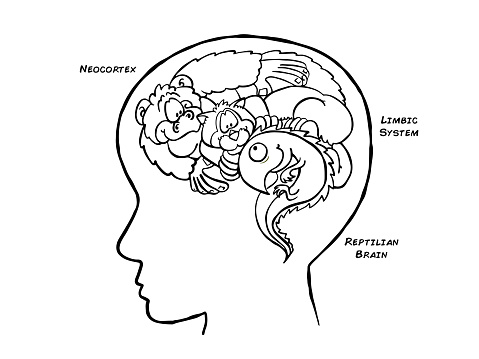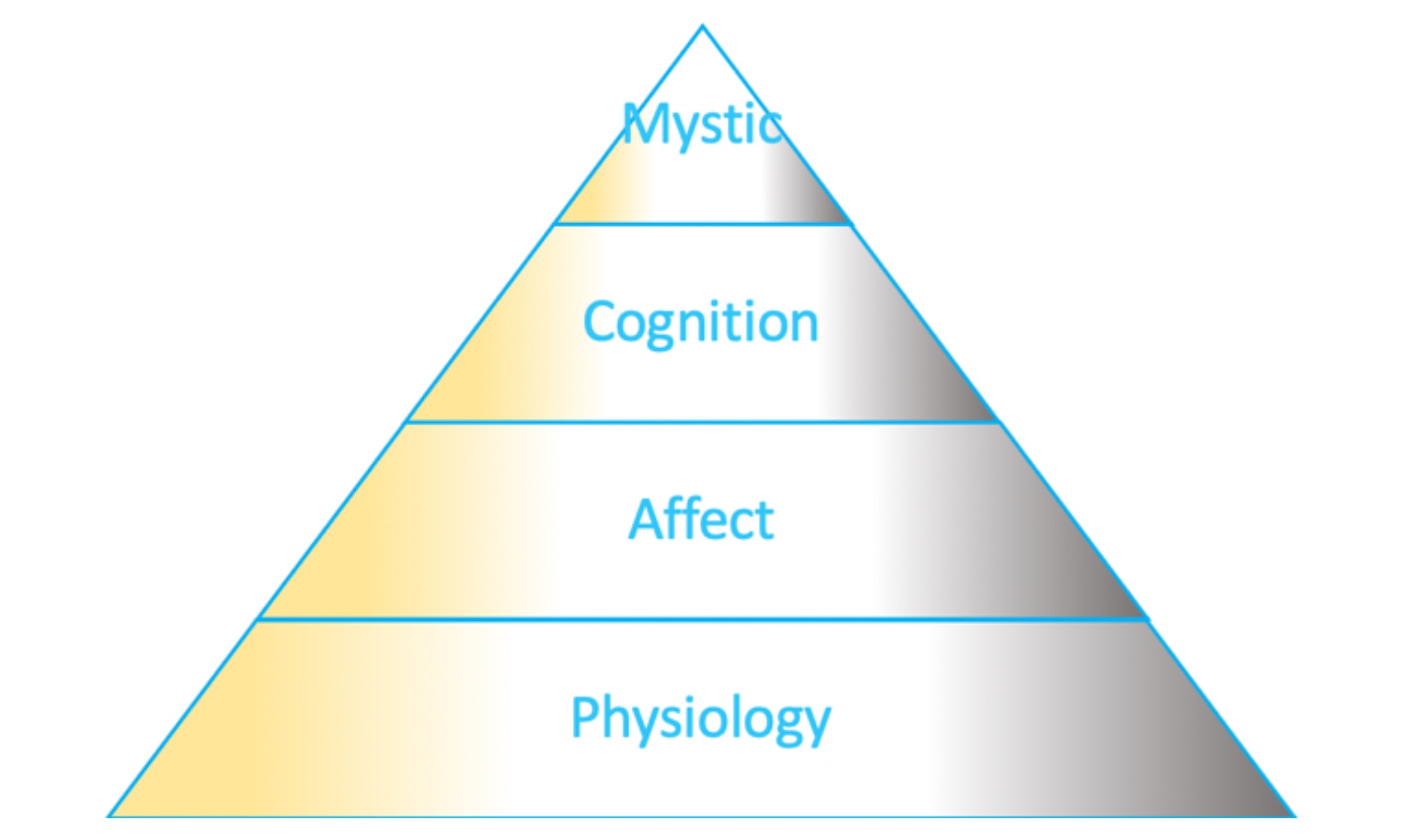High Performance Communication
I’ve given socio-emotional skill-building workshops and training in many organizations. The number 1 problem people face is not their tech gear, workplace ergonomics, the number of working hours or even the values of their company. It’s communication. It’s bad, destructive and demotivating communication. Why is communication so difficult? From the NeuroSystemics perspective, we propose two insights and practices.
In NeuroSystemics our methodology is based on evolutionary and systemic principles backed up by neuroscientific evidence. If we consider our evolutionary process, life arose 3.6 billion years ago with sufficient organic structure to form unicellular organisms. This physiological basis itself complexified and merged with other life forms to give rise to complex life. This further enabled centralized nervous systems to emerge around 600 million years ago (reptilian brain).
From there, the process of phylogenesis produced more intelligent and adaptive responses that organisms have in regards to threat and sexual selection. Particularly through the elaboration of a diverse range of signals: emotions. Neural structures such as the limbic system and preliminary prefrontal cortices (i.e. ventromedial networks) enabled complex regulatory capacity within individuals and groups in mammalian species (such as us humans) to increase chances of survival and reproduction (limbic brain).
Research now show that exponential neural developments of the prefrontal cortex, facilitating more refined cognitive processes and diverse linguistic productions only arose around 50-70’000 years ago during the upper-paleolithic revolution. The great Egyptian reign, followed by Indian, Arabic, Greek and Roman civilizations all developed mystic traditions, which is the latest peak of our evolutionary skill-base (neocortex). Diagram 1 summarizes this evolutionary journey.
Diagram 1: the polyvagal theory of evolutionary responses to threat.
If we simply consider the time we humans, as an evolutionarily developed species, have spent exchanging signals through physiology, behaviours (nonverbal signals), emotional facial expressions and affective somatics (resonance of emotion through the body), this accounts for 98% of our history.
It is only in the very last stages of our evolutionary timeline that cognition and mystic receptivity have made any significant impact in our modern and civilized functioning. This has two major consequences:
- physiological and emotional stresses need to be accounted for and deactivated before optimal cognitive functions can come online.
- communication needs to be diverse, and reflect the whole of our evolutionary development, implicitly or explicitly, in order to engage with all of the organism in front of us.
Two practices to develop high performance communication
Here are two practices that can help you invest in high performance communication, one for each of the dimensions that I just mentioned.
1. Deactivating physiological and emotional stress
in the case of an emotional stress, open up a space to include it, name it and possibly even discuss it for a few minutes. Initially, opening up to emotional activations may seem daunting, yet as it becomes a practice, it becomes a normal part of a discussion.
Most of the time, when sensing a negative emotional activation early on — given one comes from a place of responsibility and genuine interest — it will take just a few moments or minutes to resolve the emotion. The topic at hand may thereafter be engaged anew. If more affective processing is needed, time can be allocated at another occasion, and an agreement can be made about this.
2. Communicating and reflecting the whole experience
In NeuroSystemics we have a framework to include all the evolutionary channels of communication we’ve developed over the course of our evolution. We call this MOSAIC. I will lay out each of these channels and give an example of what we might experience or express from this channel:
- M = Meaning: Relating to the content/subject of discussion
- “I thought about creating a special spoon to help people cook because…”)
- O = Orientation: Present moment sensing of the environment
- “I like that tree there…” (pointing through the window)
- S = Sensation: Physiological perceptions
- “My body feels so tired right now…”
- A = Affect: Feeling tones, emotions & moods
- “I love working with you…”
- I = Image: Mental images
- “I can see us as walking on a path up to top of the mountain…”
- C = Consciousness: Knowing faculty of the mind
- “I’m aware of my habits of mind…”
How much do we include images, sensations, orientation and conscious awareness in the midst of how we communicate?
Many of us will be hooked on the cognitive channel of meaning throughout the day and during communication. Yet a broader capacity for communicating through these different channels would make communication more inclusive and diverse (two resilient dynamics of complex systems). This can reduce miscommunication and improve chances of people feeling seen, heard and valued on all levels of their brain and being.
May this article be for the benefit of all beings.
You can learn more about the application of these evolutionary and systemic models, their associated neuroscientific empirical research, practice and interventions along with time for practice in our workshops, courses and trainings at www.neurosystemics.org.
Together we go further.




